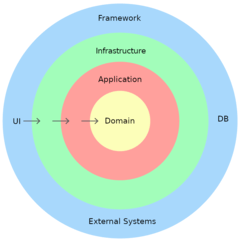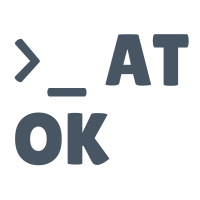Engineering Management V: Connecting the dots
Every engineering manager starts with the same instinct: to solve problems. It is what made you good as an engineer, and what first earned you trust as a leader. But as your scope grows, the definition of what it means to solve problems must change. Your role is no longer to fix issues directly, but to ensure the team can fix them without you.
Throughout this series, we have talked about building trust, creating focus, aligning around outcomes, setting clear OKRs, and learning through iteration. Each of these ideas builds toward a single principle. Engineering management is not about control. It is about creating the right environment for good decisions, meaningful progress, and continuous learning.
Engineering Management series
Engineering Management I: Building trust and protecting focus
Engineering Management II: Outcomes and alignment
Engineering Management III: Objectives and key results
Engineering Management IV: MVPs
Engineering Management V: Connecting the dots
Clarity as the foundation of action
Clarity is the most powerful tool a manager can offer. When people understand what matters, they make better choices and need less correction. It starts with clear priorities, visible goals, and honest communication. Clarity means connecting the work being done today with the outcomes you want to achieve tomorrow.
OKRs help bring structure to this clarity. Objectives give a sense of direction and purpose. Key results transform ambition into measurable progress. Together, they act as a compass for both the manager and the team, preventing distractions and helping everyone see what success looks like.
But clarity does not end once goals are written down. It is reinforced every time you explain why something matters, when you remind the team what good looks like, and when you simplify a complex plan into something actionable.
Trust as the engine of progress
Trust is what turns clarity into movement. Without it, alignment feels forced and motivation fades. Managers build trust by showing consistency between their words and actions. Protecting focus, giving honest feedback, and recognizing effort are the small, daily acts that make people feel secure and valued.
A manager's trust in the team is equally important. You must believe that people will make good decisions, even when they do not make the exact same ones you would have. This is not about stepping away completely, but about stepping back enough to let ownership grow. It is in this space that initiative, creativity, and confidence take shape.
Learning through action
In the previous article, we talked about MVPs as a tool for learning quickly. The principle extends far beyond products. Every process, every decision, every experiment can start small, be tested, and refined. The key is to act, observe, and adapt.
Managers should create space for iteration, not just in what the team builds, but in how the team works. That means encouraging open feedback, adjusting goals when new information appears, and treating mistakes as opportunities to improve systems rather than individuals. The faster the loop between action and reflection, the healthier the team becomes.
Iteration is not about rushing. It is about learning continuously. Small steps, done with intent, will take you further than waiting for the perfect plan.
The manager's true focus
So what should an engineering manager truly focus on? The answer is balance. The balance between people and outcomes. Between clarity and freedom. Between speed and thoughtfulness.
Your job is to protect time for what matters most. That might mean clearing distractions, reducing unnecessary meetings, or rethinking priorities when energy is spread too thin. It means connecting each individual's growth to the larger mission, so everyone feels their contribution has meaning.
Leadership is not about being at the center of every decision. It is about building a system that works well even when you step away. When your team can align, execute, and learn without your constant input, that is when you are truly leading.
Conclusion
This article closes the series on engineering management. Across these reflections, we have explored trust, focus, alignment, OKRs, and MVPs, all pieces of the same puzzle. Together, they describe a way of leading that values clarity, autonomy, and shared purpose.
The work of leadership never really ends. Each team, each project, each stage of growth brings new challenges. But the principles remain the same: give clarity, build trust, and create space for people to do their best work. That is the core focus of every great engineering manager.



0 Comments